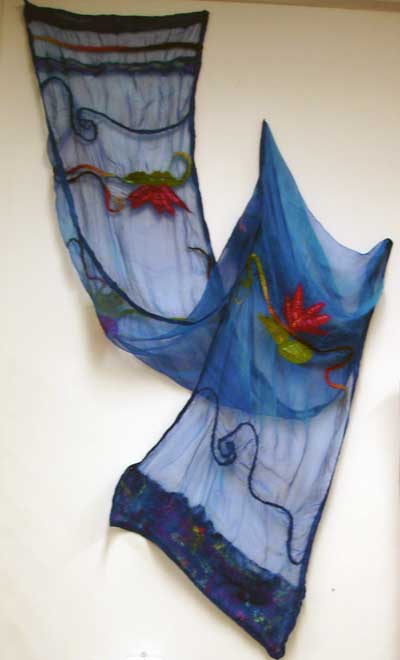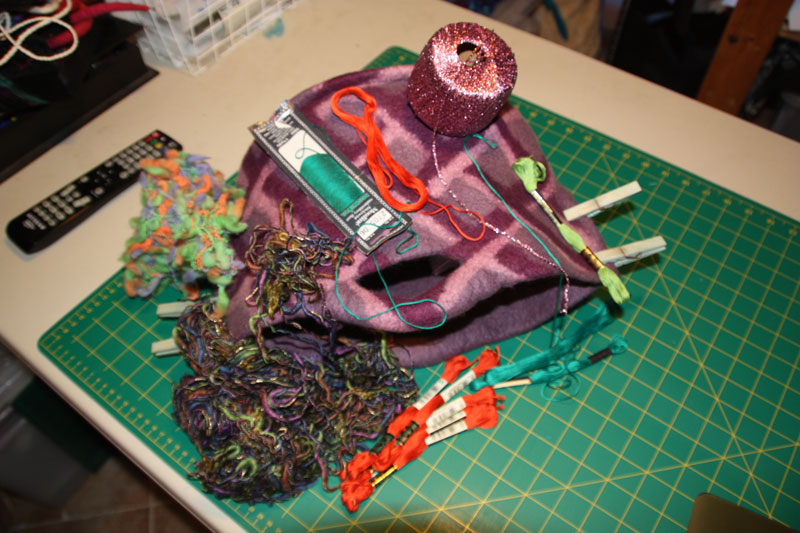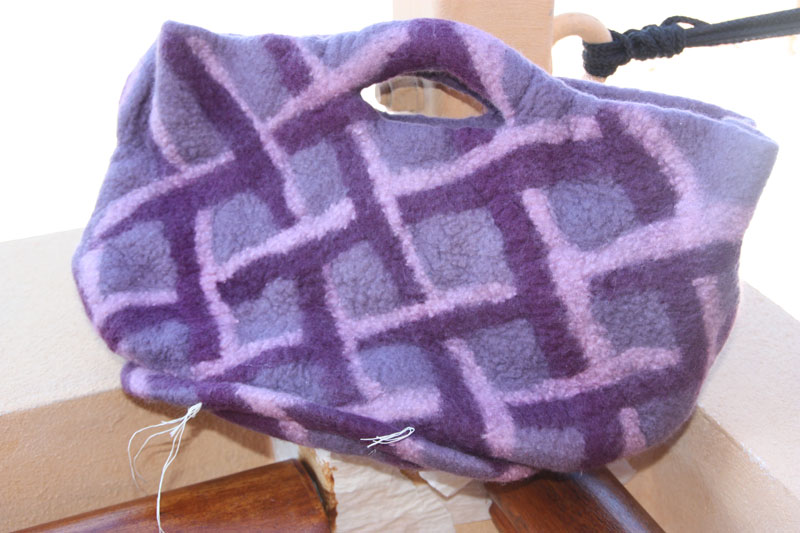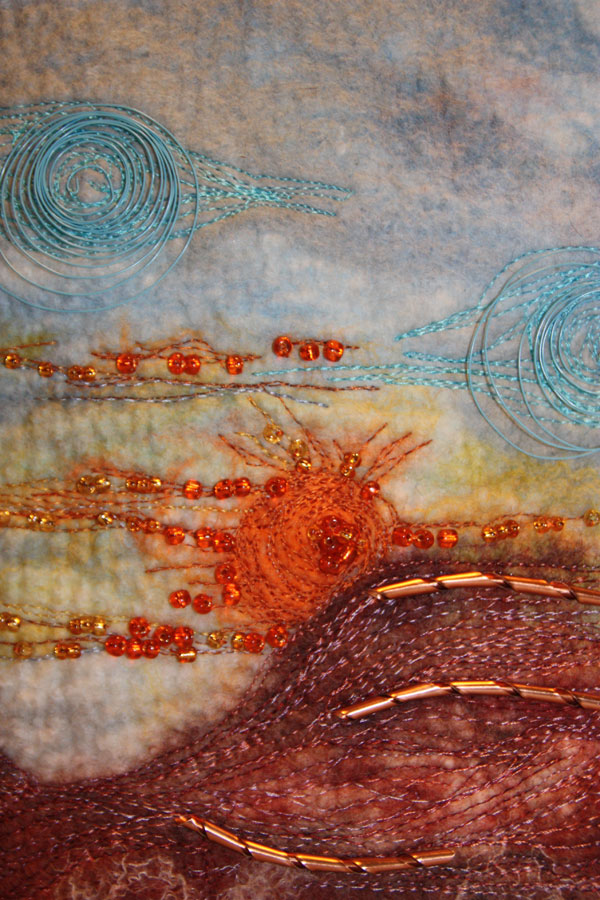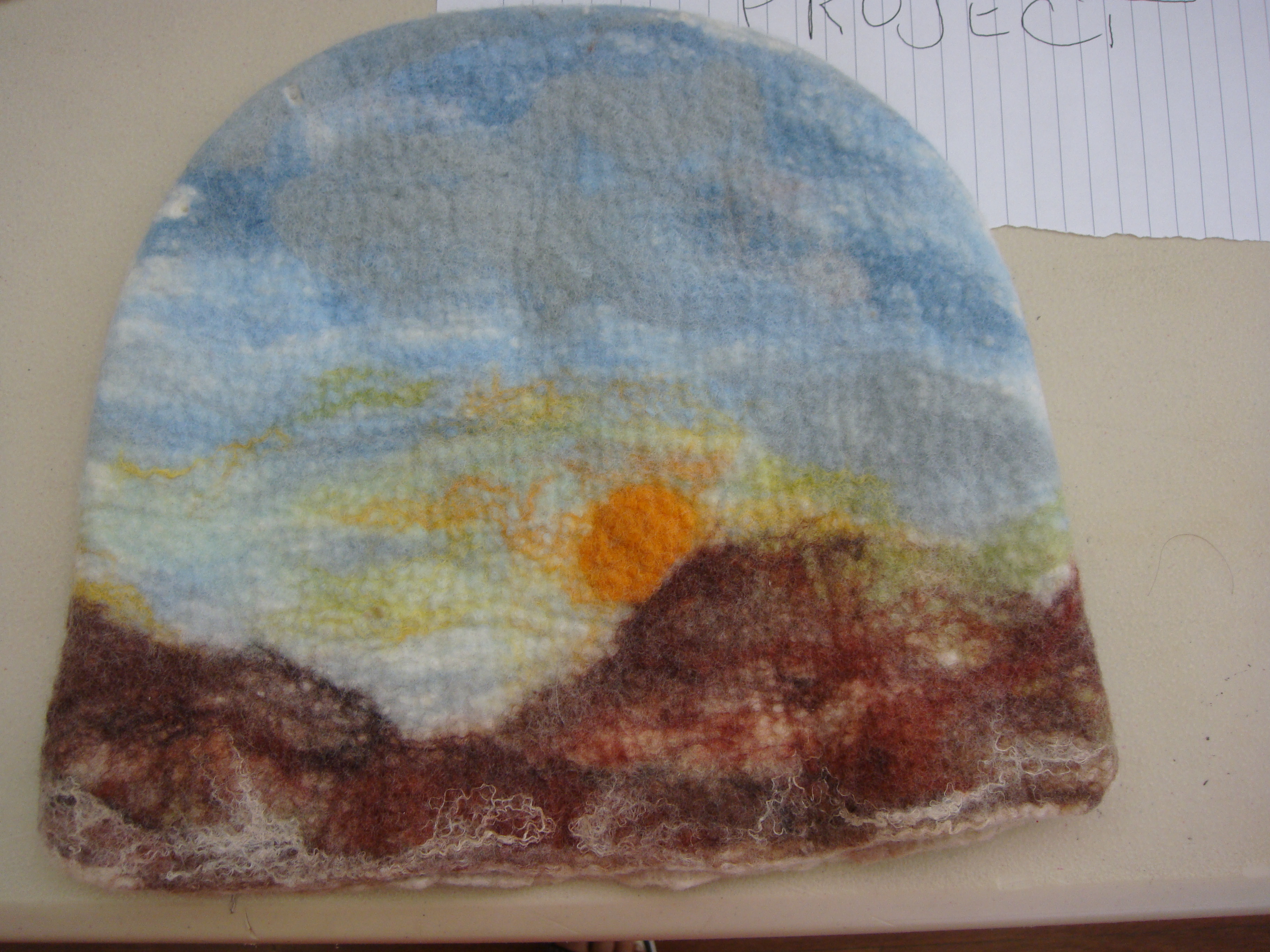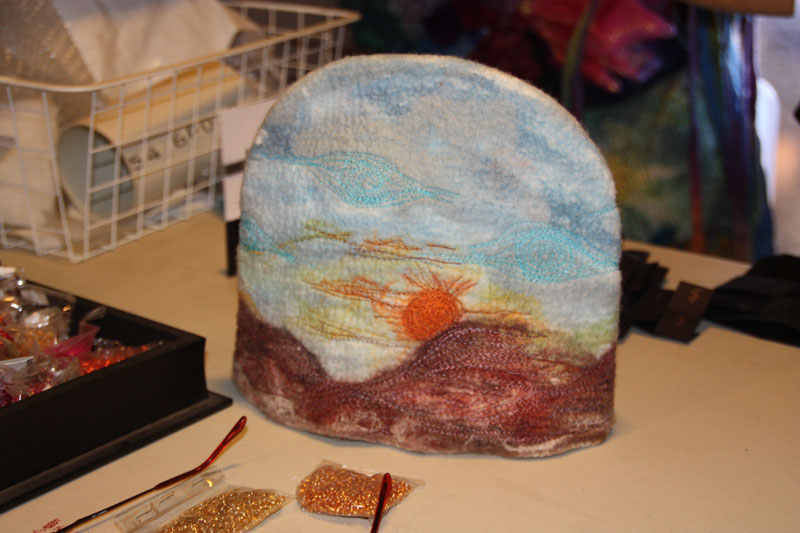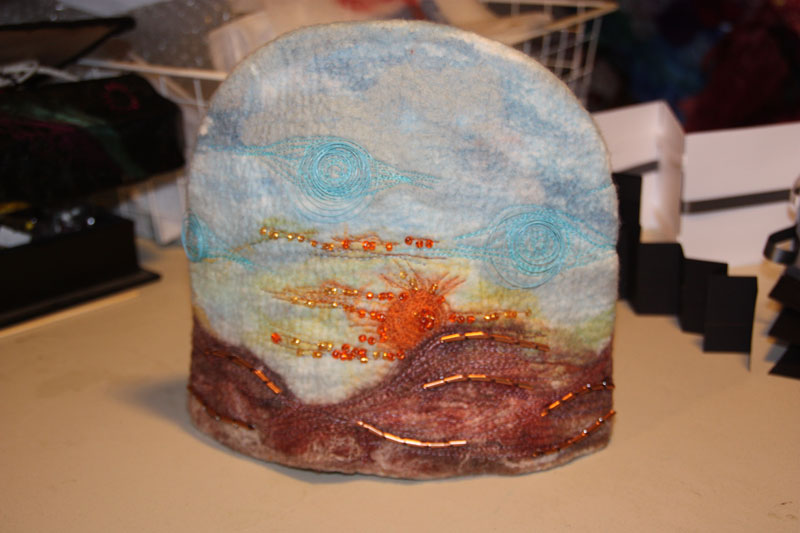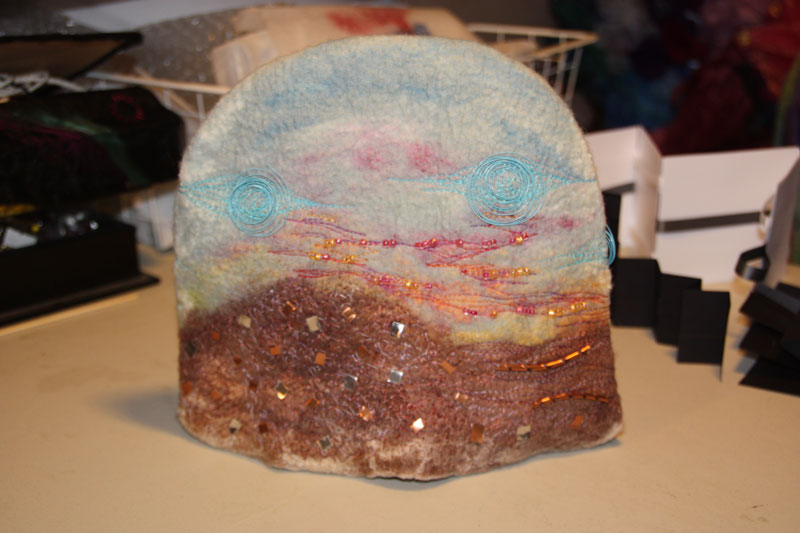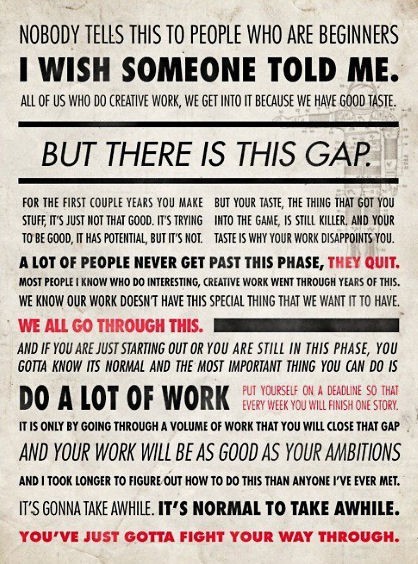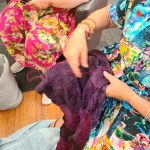
Shrinkage – What’s wrong with percentages? Part 3
I think I have ranted enough about why we need shrinkage rates (and not percentages) now it’s time to discuss how to apply them. Firstly, lets address why we need to know how much our felt will shrink. You always need to calculate this if you NEED a fairly accurate result. I say fairly as it is almost impossible to replicate an exact size of felt, but shrinkage rates are the most accurate method. For example: you need a shrinkage rate if you wanted to make anything that fits over, around, through, between or on an item. The item may be: hats, slippers, bags, pockets, pouches, clothes, even wraps and scarves. There’s nothing worse than a wrap of scarf that just isn’t long enough or wide enough or is so big you drown in it.
To apply your shrinkage rate you simply multiply your finished size by your shrinkage rate.
For example:
I want a bag to be 45cm wide and 60cm deep. My shrinkage rate is 1.7 (anything under this is probably not felted properly and I will address this in another post later.) The calculation looks like this:
- 45cm x 1.7 = 76.5cm
- 60cm x 1.7 = 102cm
My template ends up being 76.5cm wide and 102cms deep. When I am fulling my bag I will keep fulling until it is 45cm wide and 60cm deep. It will then be fulled.
I can hear some saying BUT my sample is not square! I will discuss this next post.
I will attach a PDf version of these instructions on the last post so you can print them out.
